2013 year-end recap, status, and look forward
Interesting timing, it was 3 years ago today I bought the Camaro. Even though it took a long time to get the car together and out to an autocross, there was a lot of frantic work there in the middle. 2.5 years is a pretty quick pace for a frame-off restoration, especially when you consider some of the special race fabrication elements that went into it.
Finally feel like I can relax a bit. In the garage sits my dream car – sure, there are things more expensive, or exotic, but this is the car I’d rather have than any other. And there’s still lots to do to make it better!
Let’s take stock of there things are now, starting with a more detailed rundown of how Nationals went, now that I’ve had a chance to look through the data.
{Nats Day 1 – EAST COURSE}
The below is a screen grab of the Motec data analysis software – still learning it, this is really the first time I’ve used it. Here I’m displaying pretty much all the values I’m recording, with my first east course run (with no time) as the Main [M] run, and the run I ended up standing on, as the Overlay [O] run. The Race-Technology software I’m used to allows you to overlay 4 or 5 runs simultaneously which is great for autocrossers, but the Motec software (at least the i2 Standard version I’m using, the “Pro” version is a $500+ upgrade) only allow for two.
What do we see here? A few things, some encouraging, some a little concerning. Let’s start with the positive-
The class winner Jeff Hurst ran a 78.2 on this course. My best scored run was a 79.9. But in actuality, my first run, which had a timer error, was a 79.3, 6 tenths faster. That first run started out slow, but from roughly the 20-second mark through to the finish, my first run was a full one second faster than my second timed run, the one I’d stand on.
This sounds very woulda-coulda-shoulda, but the point is, the car as it was then had at least a 78.9 in it with me driving, and likely a bit more if the course were chopped up into a bit finer pieces. With an even better, who knows…I didn’t drive my best, and am not a pro; seems like somebody really good could have done a 78.2.
The concerning things-
1. Why was the car so much faster on its first run? Well, I spun on the second, which made me extra-cautious in the braking zones of later runs, which shows in the data. Another thing is, the pushrod let go either on that run, or the one where I spun; sometime on that spin run is where I noticed the noise, which heavily distracted on the third and fourth runs. Also, maybe the tires were too warm? Was a single driver on Dunlops, but it was warm out, and the car is a bit heavy, maybe they got over-temp?
2. Oil pressure. The car has a high-end Milodon roadrace oil pan, with three trap doors, dual lateral kick-outs, and it all fits perfectly in a just-barely-enough-room sort of way. But if you look at the oil pressure graph, you can see it drops at times, sometimes into the teens (low of 14!) – and those drops correspond with braking events. The harder and more extended the braking, the more the oil pressure drops. In researching this, some have had this happen when the pickup comes loose from the pump; while that’s possible here, I don’t see it as too likely. More likely there’s too much oil up in the heads and whatnot, the pickup is getting slightly uncovered under braking.
I added a bunch of oil for day 2, but the West course had fewer, shorter, and lighter braking zones, so it’s hard to tell if doing so helped any.
{Nats Day 2- WEST COURSE}
On this course, the story is overall less optimistic. This was more of a handling course, not the sort of place I would expect to do comparatively well on. Here, the class winner Hurst ran a 56.3; my best was again the first run, with a 59.2 – 3 seconds back. My third run was a dirty 58.6, which is still about 2 seconds back. Examining some sector times from this course shows I probably could have done a 58.1 if my own stars aligned, so a 57.x with a better driver in it. Still quite a ways off. The only thing that helps, is that I know my head wasn’t really in it this day, and a really good driver probably could have found a lot more time than I was able to.
###
General observations from the data-
Looking at lateral acceleration – this is something I’m used to seeing from the DL1 in the 240sx and Viper days. I remember the trip to Heartland Park Topeka in 2006, the first time we ran Nationals there. Upon arrival, the 240sx was “only” good for about 1.05g in a corner, but as the surface got better, it was doing 1.25 during Nationals competition. That was on asphalt.
The Camaro is making quite a bit less grip than this, even though the surface is better at Lincoln. The data presented above is smoothed over 3 samples where is says f3 (so 3/25ths of a second average), and while it shows spikes around 1.25 in each direction, the more heavily smoothed values over the course of a corner are mostly right at 1.0. While I haven’t seen others’ STX data yet, I would bet the RX8, FRS, and BMW are making 1.2+ where I am only making 1.0. That matters A LOT.
Longitudinal acceleration is a bit happier tale 🙂
Exiting the last big left-hand sweeper on the West course, the car goes from 35 to 55mph in exactly 2 seconds, even though there was some lateral acceleration in there to create drag. In other places, longitudinal spikes over .6 when lateral is minimized. When the car was running right, it was pulling quite strong.
Below is a g-g diagram showing the car’s “performance envelope” as it existed on its first east course run.
For comparison, below is a similar chart (from different software) from an STR MX5 at a BFG Rival vs. Dunlop Direzza Z2 tire test earlier in the year, on crummy asphalt (San Diego’ Qualcomm stadium southeast lot):
Note how the “top” of the MX5’s envelope seems so flat – that’s the car spending a good bit of time at its power limit, even on a poor surface. In comparison, the more powerful Camaro’s is more oval-shaped, showing how it is able to work the tires to their limit in all directions.
“Okay, all that data was tl;dr, what did I miss?”
1. The car would have trophied if I just drove better.
2. With a superhero at the wheel, it might have got a top 10 (at least 2.3 lower total time)
3. A win (4.6 lower total time) was waaay out of reach.
Why was the car not competitive for a win in STX?
Will get to why that’s a past-tense question in a bit. But here’s the reasons, with the biggest ones first:
1. The car is not producing enough peak lateral grip, and it is difficult to maintain the limit it does have
2. On equal-height f:r tires, there is still too much rearward brake bias, making the car difficult to trail-brake
3. The valvetrain has not been reliable and is costing time either as lost power, a distraction, or both
What can be done about it?
Here’s what the car needs for its ST future. Start by addressing the lateral grip problem with:
1. Ride height changes.
The car is too damn high! I know this was just posted, but look at it again, and look at all the daylight you can see *under* the front splitter.
In the front, the car has yet to bottom out, even over the big bump we had at Farmington. Lowering the front will make a big difference on CG height, and even helps the camber curve. To get the car lower I’ll have to cut the springs a bit which will up spring rate, but that is probably ok, the car is still a bit loose, and I can back off on front swaybar stiffness if needed. Not sure how much lower it can go – probably at least 1/2″, maybe 1″. Will start to look a little funny with the tire tucked up in there so far, but that’s not important!
In the rear, the car was raised about 1.25″ before the start of the Pro Finale, spacer blocks removed to combat the axle-moving-all-over problem. The rear needs to be brought down at least that much, if not more; it too wasn’t bottoming at Farmington over the jump, can maybe go 2″ here.
Unfortunately this isn’t just a shorter spring or twisting a spring perch – this is going to require complete re-engineering of the rear end. In order to retain the leafs and good axle location, the springs will have to be run below the watts link plate on the driver side, which will necessitate fabricating some kind of extended perch to hold the spring.
If the CG can be lowered 1.5″, I believe that’s close to 10%, meaning 10% less load transfer, which I’m optimistically hoping is 5-7% more lateral grip potential, changing the 1.0g to 1.05 or 1.07. Those numbers are all very optimistic, half that is more realistic.
2. Spring wind-up was a problem, not just in first gear at launch, but also under heavy roll-on throttle in second gear. That wind-up makes for annoying hop when going straight, but in a corner, it feels like it works to jeopardize grip. The solution then is a setup that controls torque reaction better than just the leaf springs, while not introducing bind or other undesirable handling characteristics. Torque arms are such devices, as are 3-links.
3. Overall the rear of the car felt not compliant enough. Even though the ride frequency and static weight is much lower than the front, the rear tires were much hotter when coming in from a run than the fronts (and this wasn’t caused entirely by overzealous throttle). Rear suspension compliance will be addressed in a number of ways simultaneously.
3a. First is to have the rear shocks revalved with less bump damping. Even though these have the fancy regressive curves, they’re valved too stiffly; basically, they are at the soft end of what was run on a heavy, race-tired, FWD, roadrace car…a place where you can get away with a lot more bump damping than a street tired RWD dinosaur. Will probably have the new baseline be half to 1/3 the current bump values.
3b. Next will be addressing the bushing situation on the front leafs, perhaps in conjunction with #2 above. Right now the leaf springs have to twist as the suspension moves, and that twisting is another spring effect in roll. If the setup could allow for the springs to have to twist less, or to lessen the bushing resistance to that twist, it should make the rear more compliant.
This lack of compliance I feel is driving the need for a lot of the steering corrections you see me make, and even on the relatively smooth Lincoln surface, contribute to a loss of time. The 1:15 mark of this East course video is indicative; instead of a nice run into the slalom, the rear end gets bounced, and I have to give up any chance to accelerate further-
Improving the compliance should up the limits a little further, and making holding the limit easier over surface imperfections.
4. The rear roll center is probably still too high. This will be mitigated somewhat when I lower the rear of the car, as the watts center pivot is based off chassis height. At Nationals this year I had a chance to speak to both Mike Maier and Mark Madarash, two of the very best drivers and tuners of live axle RWD autocross cars on the planet. While I generally prefer to figure things out on my own, I couldn’t overlook that after peeking under the back of the car they both (in separate conversations on different days) very quickly told me the rear RC was probably too high, and that a height closer to the bottom of the diff (maybe 4-5″ lower than it is at present) is a place they’ve found to work well. The current watts arrangement is a bit against my own ethos, in that I don’t like having an adjustable component always at the edge of its adjustment range, especially if adjusting “more” in that direction could be helpful. I’ve got it as low as possible, but clearly, lower still is worth investigating, even after I bring the chassis down.
That means going back to a customized rear axle lateral locating device…either an altered watts center frame, going back to a panhard, or even looking seriously at a Mumford link. All of these choices mean welding, which probably means pulling the gas tank…all of this, a big project. One that should probably be tackled in conjunction with the axle torque management project of #2.
5. More basic tuning. Still in the early days of looking at photos of the car from Nationals, to see how the outside tires look when loaded up. Have more learning to do about pressures, and have yet to scientifically take temps. I am curious to try the car with a bit less static negative camber (around -6.5 at present) but more caster, to see if that allows for better use of the inside front. Made the first rear shock change, adding a little bit of rear rebound after the ProSolo. I think things could be better with even more rear rebound, but I need to be able to soften bump (already at full soft) and do other things to increase rear end compliance, before trying it.
Instability under braking is perhaps a bit easier, and should be made better simply by switching back to the 1″ taller 40-series rear tires. As Dunlop doesn’t make a 265/40-18, that means Hankook. Given how heavy the car is and how effortlessly it generated heat in the rear tires, this should be ok. To some extent the taller sidewall should also help with rear end compliance over bumps, with the taller sidewall functioning as a slightly taller and softer spring. Unfortunately this runs counter to the CG height lowering efforts but I think will have a very positive effect on overall driveability.
The Valvetrain is due for a thorough inspection, and some other changes to work it a bit less hard. It’s possible the occasional low oil pressure condition is a contributing factor, but I tend to believe it’s a high RPM thing. The rev limiter was lowered to 6900 for Nationals, which was barely enough really. Going to the taller rear tire will add about 2.5mph of top end, and the other change I’m considering is going from a 4.88 final drive, to an only-slightly-less-insane 4.56. Together these would bring 2nd gear’s speed limit to 70, from just under 63mph now. Unfortunately these changes would also reduce the potential 2nd gear thrust by about 10%, but if it meant the throttle was easier to use, might not be so bad, as I spend so little time matted today anyway.
To test the valvesprings to ensure they’re still ok and not cracked means pulling the heads, which probably means pulling the motor, which would also give a chance to review the dinged #2 cylinder from the compression test oopsie. Ugg, another big project. That one can probably wait a bit though.
##
All of those changes added up, I think will make a significant difference in the car’s ultimate potential, and in its driveability. It is difficult to predict a time quantity, but my feeling is the above changes, with another year of practice, makes the car a solid trophy-capable STX car at Nationals. As it was, the car earned a trophy at the ProSolo Finale, which has a generally more die-hard group of competitors than the regular Solo Championships. At the ProSolo the planets of favorable courses, favorable conditions, and halfway decent (for me) driving aligned to benefit the car so early in its development. Another year of tuning and advancement would be seriously beneficial to a car that has now only run 5 events.
Unfortunately
I was lucky to get that trophy because it looks like the days of this Camaro, or any Camaro, in STX are over. The SEB (Solo Events Board) have recommended to the BOD (SCCA’s Board of Directors) to move all ponycars (GM’s F-bodies, and the Ford Mustangs) to the STU class, at the behest of the membership.
As a bit of background, there are a lot of folks with newer Mustangs, especially the 400+hp 5.0 Coyote model, that would like a better place to run in ST, than STX. Their cars start out over 3500 pounds, which is a lot to make work on STX’s 265mm tire, 9″ wheel limit, even after working hard to get the weight in the low-to-mid 33xx’s.
They figured with the unlimited width wheels and 285mm tires in STU, the cars would be much better, and asked to be moved there.
Certainly, I think pretty much all of the ponycars (with the possible exception of the early Mustangs, which nobody runs in ST) can benefit from tires wider than 265, and wheels wider than 9″. The immediate problem though, is STU is generally a much faster class than STX – it is the place of the Mitsubishi Evo and the BMW M3.
As far off of the STX winner as I was, the STU winner was a full three seconds ahead of that. As undertired as the ponycars are, it is difficult to see how 20mm of otherwise identical tire, and 1-2″ of wheel width, are worth 3 seconds over the 2 days.
To make matters worse, in conjunction with the move of ponycars to STU, the C5 Corvette (non-Z06) is also being suggested for STU inclusion.
Without going through the entire Comparative Vehicle Dynamics series I authored, suffice it to say, the ponycars have no chance against a C5 in anything resembling an autocross. There is simply no point running against a C5 in a Camaro, Mustang, or Firebird. Something like an E36 M3 can pray for a course of nothing but slaloms, and the Evo/Sti boost buggies still have advantages in launch, early corner exit, and inclement conditions; enough to keep them in it for a while.
What I hope to see happen is rapid realization of this fact in the ponycar community, and a show of unity and support for the notion of a ponycar-specific ST class. Today, the only remaining successful Street Prepared category class is ESP – the one catering to ponycars – and if an equivalent ST class were available, I think it could be a good success for the category, the club, and the membership. In addition, it would provide a more appropriate place for me to run the Camaro.
Where does it go from here?
The path forward is not clear. One thing for certain, is I am not going to run it in STU against the C5. San Diego is just too far from Lincoln for that kind of nonsense. The car’s continued participation in the Street Touring category hinges upon it either being kept in STX, or included in “STP” – what I hope will eventually be an ST category class for Mustangs, Camaros, Firebirds, Chargers, Challengers. I’d like to see it keep the older and lighter stuff on smaller wheels/tires, and allow the heavier/newer stuff more. If the class is built to make a newer Coyote 5.0 Mustang the “Car to Have”, its numbers should be very good. I’d also love to see the SCCA work to allow certain Pro-Touring cars into this class so long as they started off as an allowed car and then met certain weight and size requirements.
So, if the SEB’s suggestions go through, the car will be sitting it out in 2014. There are some Pro-Touring type events I’d like to run, maybe a local event or something. Willing to keep the car tucked away for a while and see whether there is interest in the STP concept, for which I would bring it back out to support. Gives me more time to get some things done on it at a relaxed pace. The past 3 years building the car, I always had the feeling time was running out on STX as it had existed since 2004, and I got it done just enough, just in time, to snag a trophy in Lincoln.
If the worst happens and there is no future for the car in ST, then some years down the road I may consider making it into an even truer Penske/Donohue clone in CP trim. I’d probably try the light and narrow approach, 10″ wheels and and under 5.1 motor @2700lbs. But I really don’t want to think about that too much, because it means redoing almost everything, and turning the car into a kind of monster I’m just not that interested in right now. Really hoping we can find a way to make STP work.
Signing off for now,
J-Rho
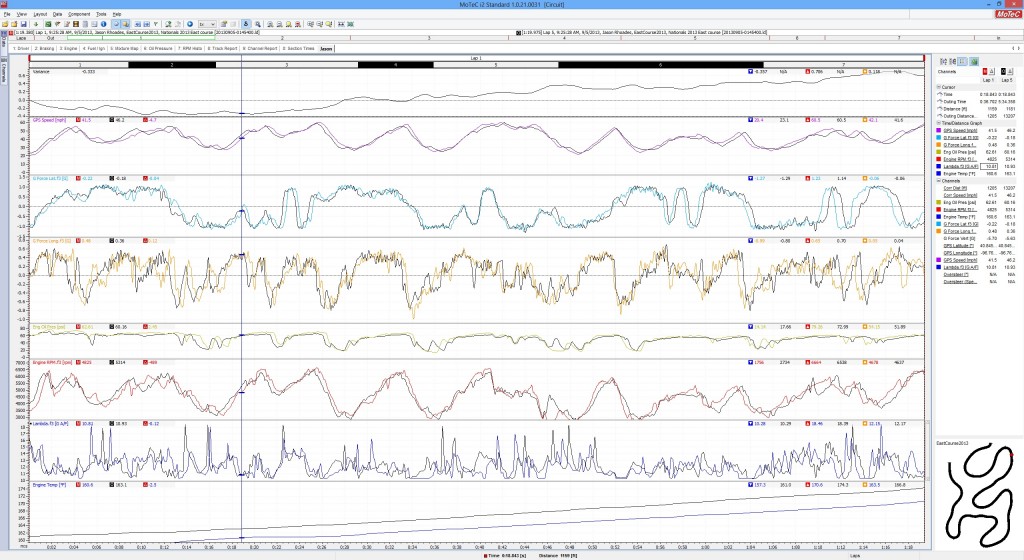
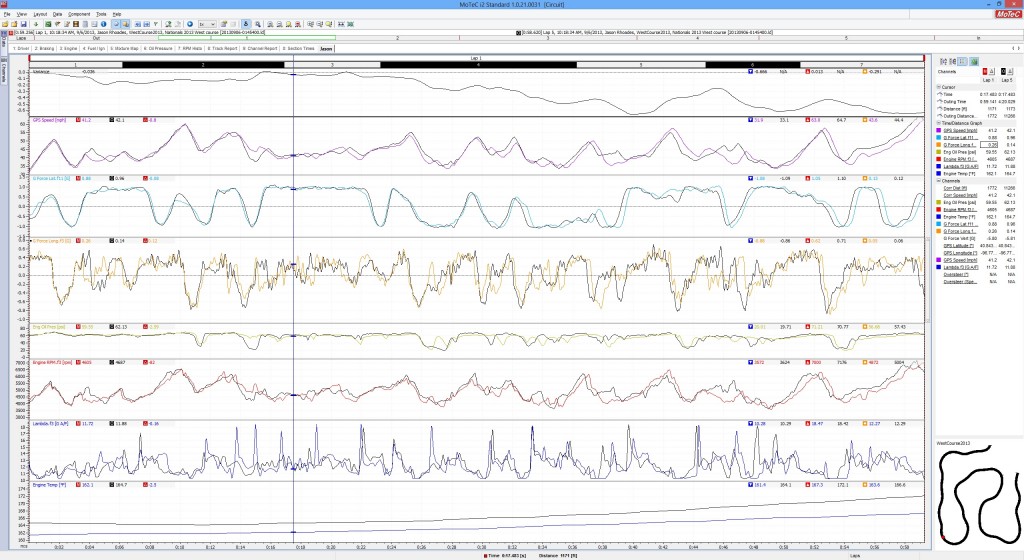
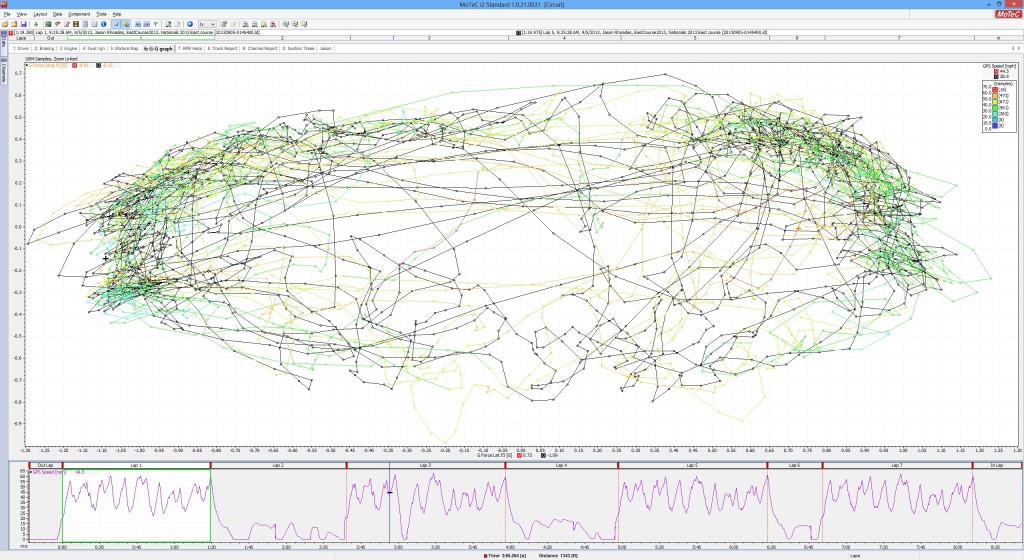
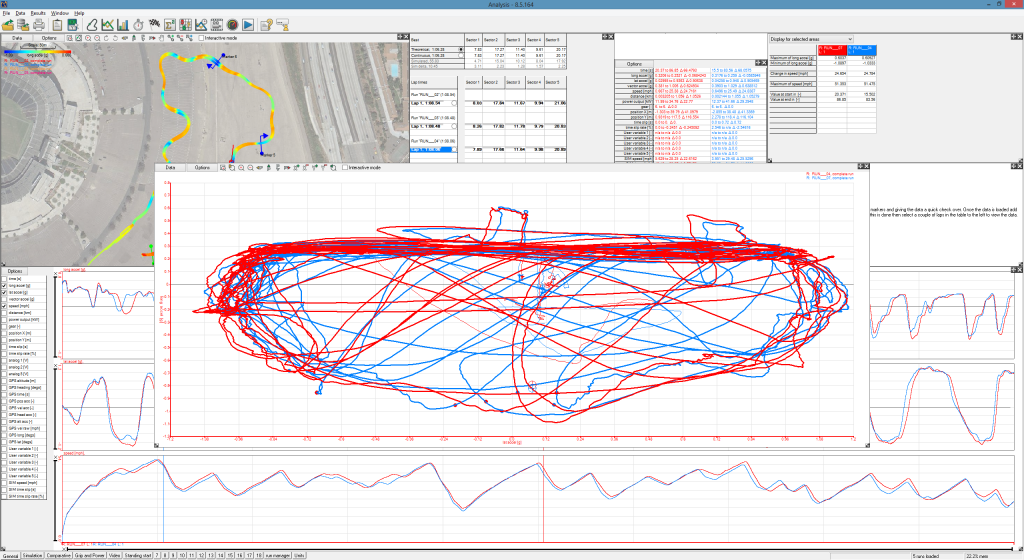
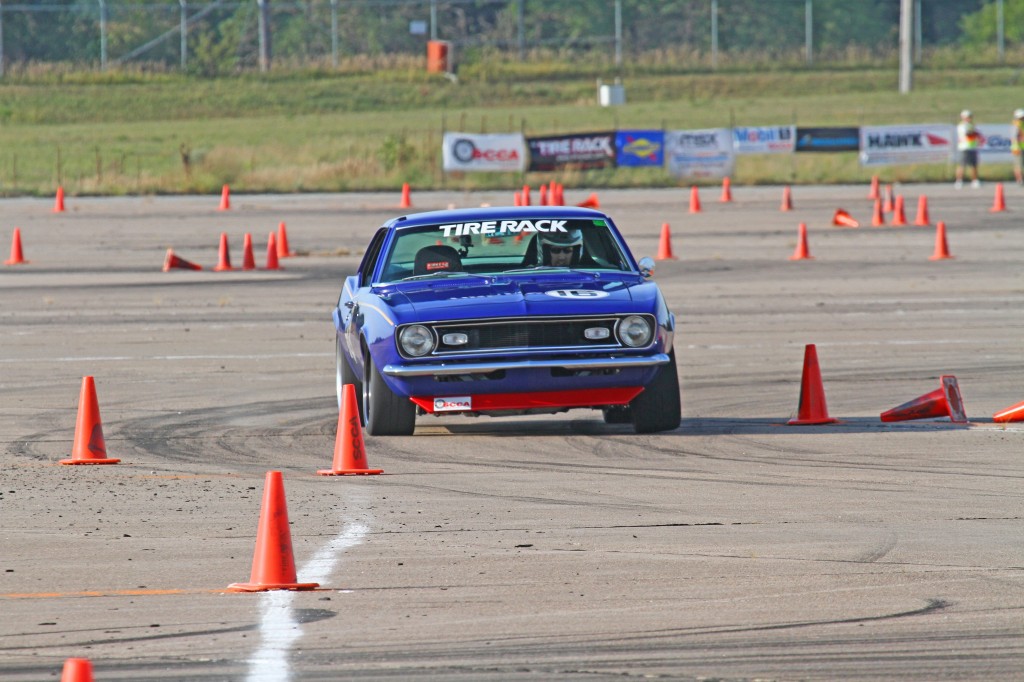
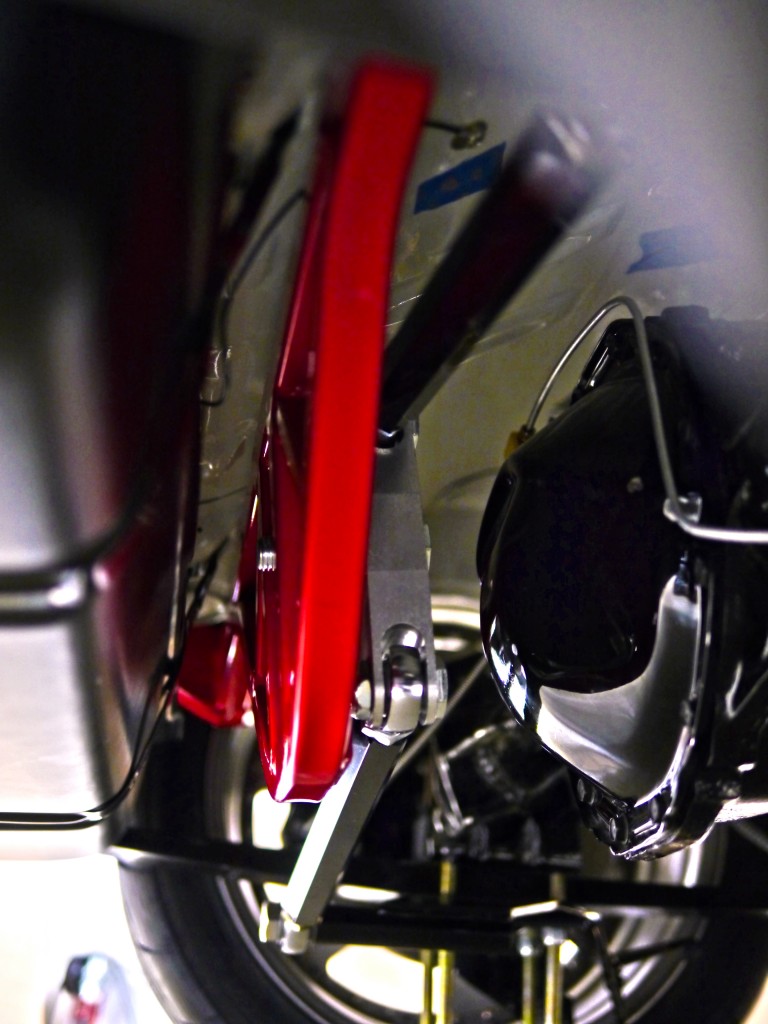
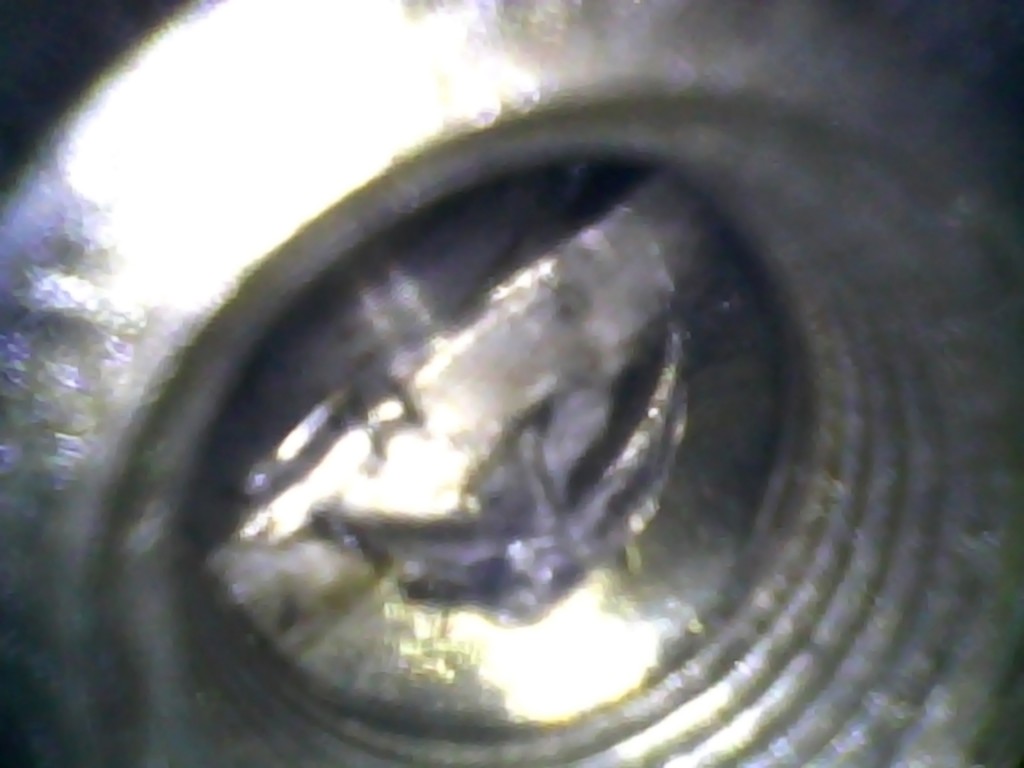
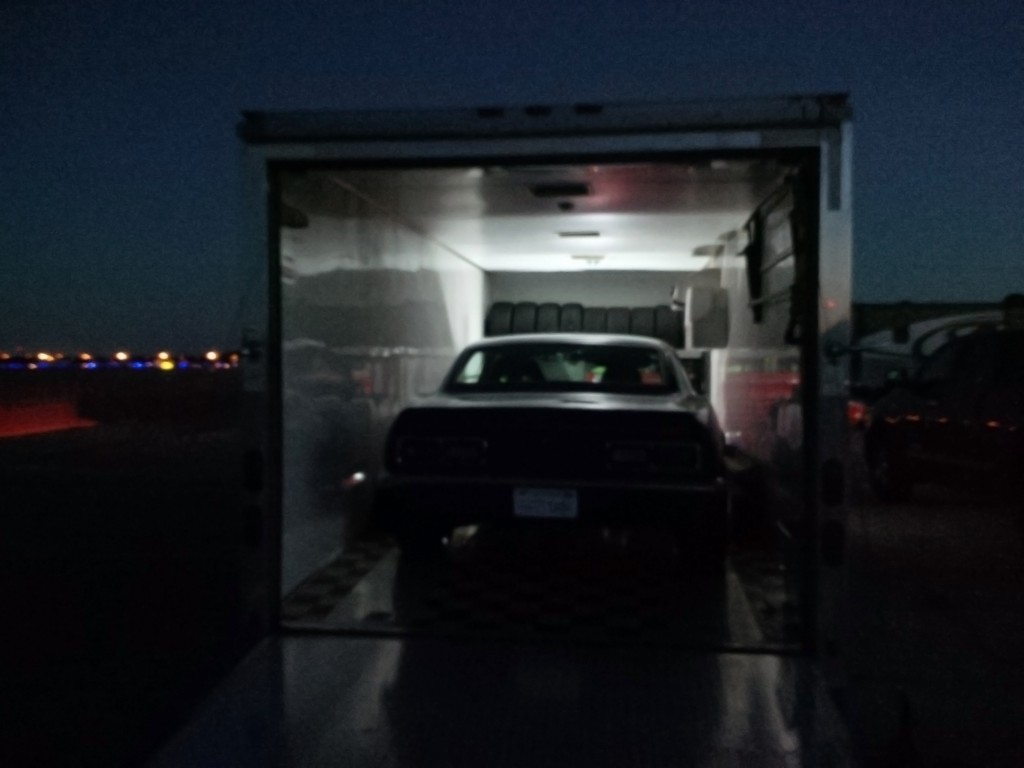
Leave a Reply
You must be logged in to post a comment.